
The American units for Omaha Beach
The American forces were given the task to land in the western sector of Normandy. This sector
was divided into two separate sections, Utah Beach and
Omaha Beach. These sections were also divided into smaller pieces where units had their specific
landing spot. At Utah these were; 'Tare', 'Uncle', 'Victor' and 'William' (these were split again into 'Green'
and 'Red').
Omaha Beach was divided in the same manner. From the river Vire all the way to Port-en-Bessin
(eastwards) this sector was spilt into the sections; 'Abel', 'Baker', 'Charlie', 'Dog', 'Easy', 'Fox' and 'George'.
During the landing on June 6th, only 'Dog', 'Easy' en 'Fox' was used (and the
sector 'Charlie' for Pointe du Hoc).
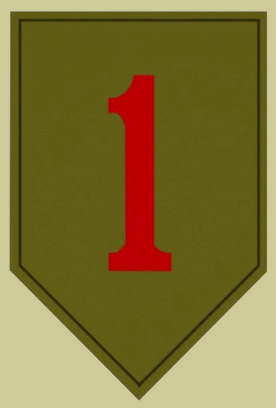 
Insignes of the US
1st Infantry Division and the US 29th Infantry
Division
Below, that of the Rangers
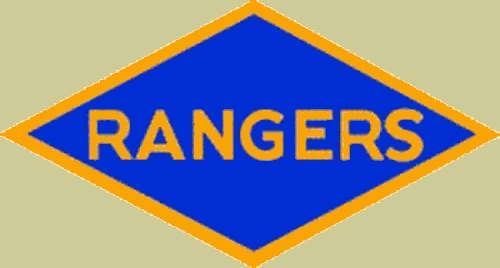
Omaha was known to the planners as a very difficult sector because of the surrounding
hills and it's horseshoe shape, a defenders heaven. But it was essential to take this sector to cover the gap
between the British/Canadian sector and Utah Beach. Omaha was given to US V Corps, which created, under the command
of General Gerow, 'Force O'. It consisted of the US 1st Infantry Division, known as the 'Big Red One', and the added US 29th Infantry
Division ('Blue and Grey')who were designated to storm Omaha Beach. For support, different units were also added, like two Ranger battalions.

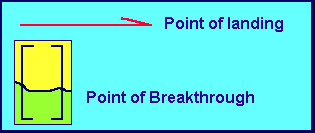
The sectors for the 116th and 16th Regiment, and there objective
The commander for the first landing was Maj.Gen. Huebner. He would lead personally the 175th RCT and other added units to the 29th Division, like the Engineer Special Brigade.
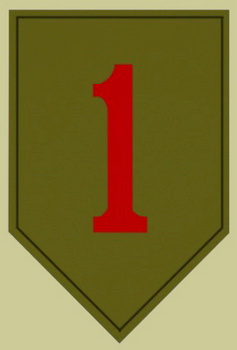 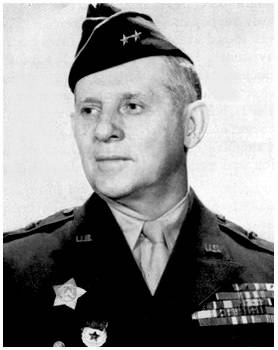
US 1st Infantry
Division: Maj. Gen. Clarence R. Huebner
16th Regimental Combat Team
(RCT)
Consisted of:
16th Infantry Regiment
Plus added support:
7th Field Artillery Battalion
1st Engineer Combat Battalion
1st Medical Battalion
741st Tank Battalion (DD)
62d Armored Field Artillery Battalion
20th Engineer Combat Battalion
18th Regimental Combat Team (RCT)
Consisted of:
18th Infantry Regiment
Plus added support:
32d Field Artillery Battalion
5th Field Artillery Battalion
Company B, 1st Engineer Combat Battalion
Companies B and D (-), 1st Medical Battalion
745th Tank Battalion
Extra added units:
26th Regimental Combat Team (RCT)
Consisted of:
26th Infantry Regiment
Plus added support:
33d Field Artillery Battalion
Company C, 1st Medical Battalion
1st Platoon, Company C, 1st Engineer Combat Battalion
The 16th Infantry Regiment of the 1st Division was the only American unit with battlefield
experience who went ashore during the first wave at D-Day. They brought their experience back from North Africa
(1942) and Sicily (1943), but at Omaha it was useless. No experience in the world could prepare them for what
the Germans had in store for them. These troops would land in the Omaha sectors; Easy Red, Fox Green and Fox Red.
The first wave, consisted of 'E', 'F', 'I' and 'L' Company, landed on the beach around 06.30 hours.
Unfortunately the units were scattered over a great distance, some, like 'L'Company almost as far as Port-en-Bessin.
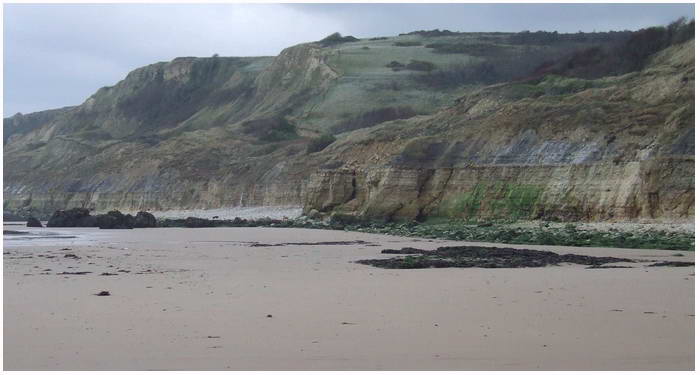
Fox Red, steep cliffs, where the sea with high tide runs into to
Five minutes before the first wave would hit the beach, the DD tanks should arrive. But, unfortunately,
most were lost at sea or still struggling to reach solid ground. Without this support the first wave of
infantry were easy targets for the enemy. Only two DD's of the 741st Tank Battalion managed to reach their sector.
One of these managed to silence one of the 88mm cannons from Wn 61. The second wave of landingcraft arrived at
07.00 hours and got stuck on the beach also. But with these reinforcements there were some efforts made
to breakout of the stalemate.
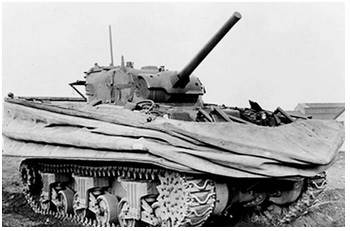 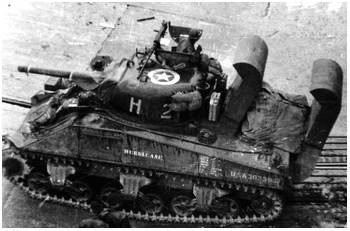
First on the beaches, the DD tanks, 5 minutes later followed
gevolgd by Shermans
with wadingtrunks (right), put at shore by Landing Craft Tank
Just one minute after the Shermans with wadingtrunks rolled from their LCT, the first LCVP's would hit the beach.
The first wave consisted of E, F, I and L Company, and landed just after 06.30 hours.
Unfortunately most of the troops were wide spread, some units of L Company drifted almost as far as Port-en-Bessin. The first wave was pinned down between obstacles and below the dunes, and below the cliffs of Fox Red.
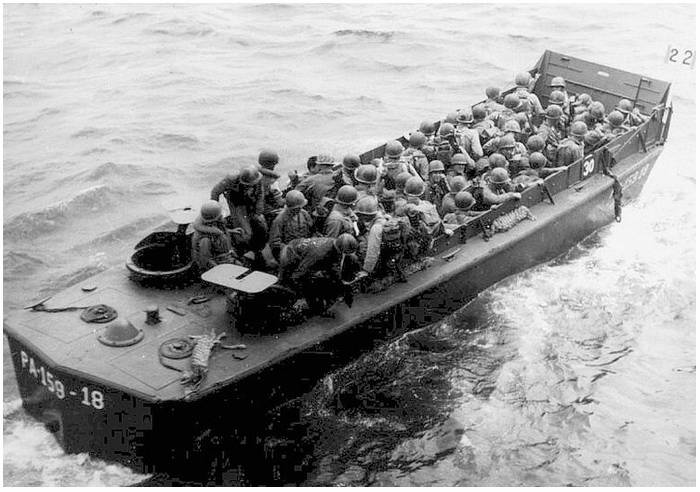
An LCVP during training for D-day
The drama at this part of Omaha Beach was made famous by the pictures war photographer Rober Capa, who went with 'E' Company to shore.
The second wave arrived at 07.00 hours and was also pinned down on the beach. But with these
reinforcements a first attempt for a breakthrough was made.

Fox Red, the eastern flank of Omaha Beach,
Then and Now
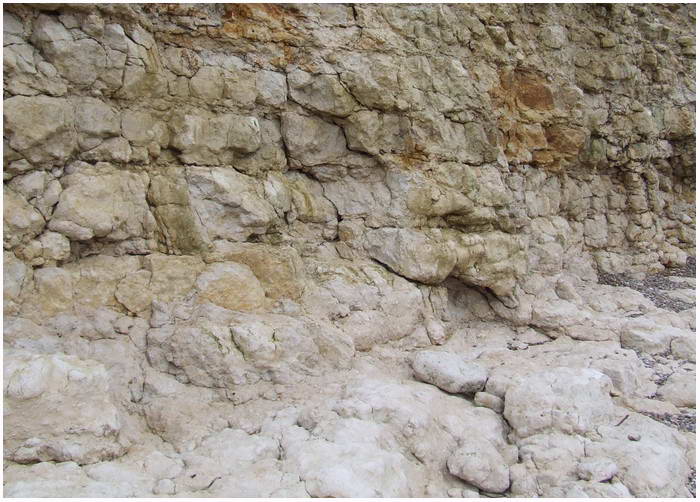
 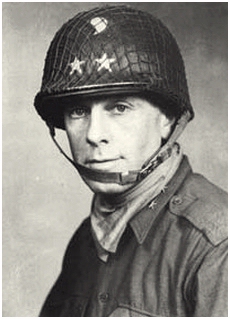
US 29th Infantry
Division: Maj. Gen. Charles H. Gerhardt
116th Regimental Combat Team
(RCT) (Col. Charles D.W. Canham)
Bestaande uit:
116th Infantry Regiment
Plus toegevoegde
ondersteuning:
121st Engineer Combat Battalion (Lt. Colonel Robert P. Ploger)
5th Ranger Battalion (Lt.Col. James E. Rudder)
2nd Ranger Battalion (2 Company's)(Lt.Col.Max F. Schneider)
743st Tank Battalion (DD) (Lt.Col. John S. Upham jr.)
1121st Engineer Combat Group:
37th Engineer Combat Battalion (Lt. Colonel Lionel F. Smith (KIA 6 juni '44)
147th Engineer Combat Battalion
336th Engineer Combat Battalion
1171st Engineer Combat Group:
112th Engineer Combat Battalion (Major William A. Richards (KIA 6 juni '44)
146th Engineer Combat Battalion (Lt.Col Carl J. Isley)
149th Engineer Combat Battalion
1340th Engineer Combat Battalion
58th Field Artillery Battalion
104st Medical Battalion
111th Field Artillery Battalion
635th Tank Destroyer Battalion
115th Regimental Combat Team
(RCT) (Col. Eugene N. Slappey)
Plus toegevoegde ondersteuning.
175th Regimental Combat Team
(RCT) (Col. Paul R. Goode)
Plus toegevoegde ondersteuning.

The first wave of the 116th Infantry Regiment of the 29th
Division in the sector 'Dog' and 'Easy', were 'C', 'A', 'G',
'F' and 'E' Company. Just as with the 16th, the landing here was a struggle. Many LCVP
landingcraft floated into other sectors, units of 'E' Company ('Easy Green) drifted al
the way to 'Fox' Green into the sector of the 16th!

The sector 'DOG' near Vierville-sur-Mer
In the sector 'Charlie' landed the 5th Ranger Battalion around
06.20 hours. 65 Rangers in two LCA's took heavy enemy fire and half
the men of LCA 1038 were killed in a hale of bullets. The other LCA's was also hit and lost due to
shells and mortar fire. The survivors managed to climb the steep hills of 27 meters.
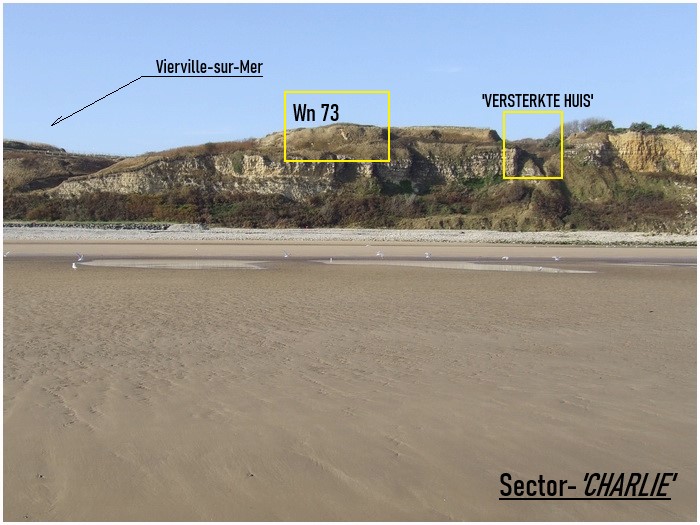
Around 07.00 hours
the attack was commenced with support of B Company 116th RCT on the so called 'strong house' atop of
the cliff, which was a threat to 'Dog' sector. In this sector the DD tanks were put directly on the
beach because of the rough sea. The second wave was also of coarse and spread out over the beach.
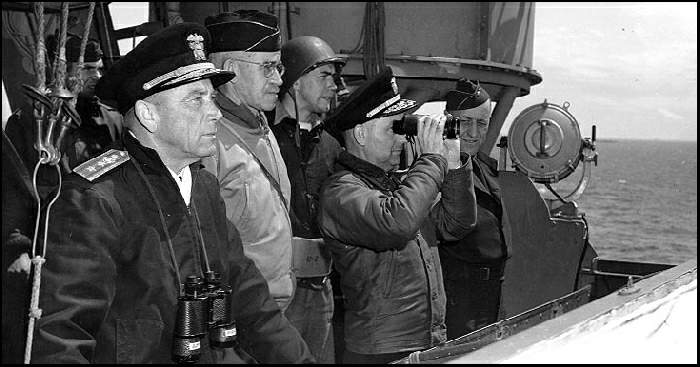
Lieutenant-general Omar Bradley
(2nd from the left) on board of the USS Augusta
gave around 09.00 hours almost the signal
to retreat from Omaha Beach.
Due to miscommunication, Eisenhower got the request the next day, June 7,
and so the Amercans never pulled back from Omaha.
Around 07.30 hours general Norman Cota landed in the sector 'Dog'
White. The waves of men, vehicles and equipment created a chaos on the beach
and the order was given to hold the steady stream of men and goods. The tide was coming in and
the beach was brought back to a small strip of sand. General Cota realised that the situation
was out of controle. Cota managed to inspire the men of the 116th Regiment, who were scared
to death and in shock, to pick up their weapons and start to fight back. With the help of the
5th Rangers Battalion, who needed no 'kick in the butt' (according to there own words) a breakthrough
was created around 09.00 hours, under the battle cry of Cota; 'Rangers lead the way!'
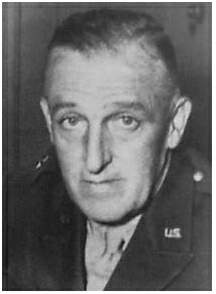
General Norman Cota,
responsible for the breakthrough at 'Dog' White
The 1st Division was also on the move, and managed a breakthrough by the men of
'E' Company of the 16th RCT around 09.00 hours, near the point were today the American Cemetery is
to be found. Around 10.30 hours Wn 65, the point known as Les Moulins, where the 50mm still can be
found in the casemat. Some 20 Germans were taken prisoner at Wn 65.

Wn 65 with her 5cm KWK still in it's H667 casemat.
In front are German POW at work to clean up the mess
One essential asset may not be overlooked, that was the enormous help by the Navy at some point.
When the infantry was pinned down on the beach, some of the Navy destroyers steered close to the beach
to give supporting fire on the German strongholds. The battleship USS TEXAS turned her massive guns from
Point du Hoc to Omaha and placed some accurate and devastating fire on the German positions.
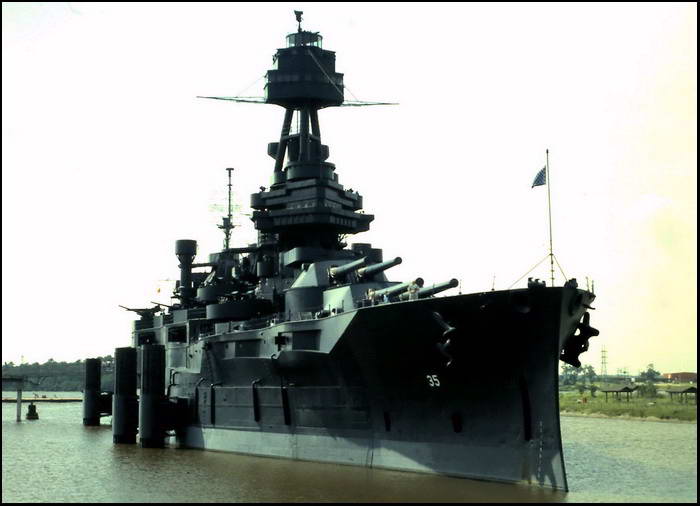
Battleship USS TEXAS,
who gave supporting fire
General Cota and his group of men approached Vierville in a large encirclement, but they had
to move back to the beach to clear Exit D1. In Vierville the Germans had built an enormous concrete wall as
a roadblock. The TEXAS placed some heavy fire on it, but without success, although it kept the
Germans around it, in their bunkers. When finally five shell-shocked Germans did surrender, Cota
ordered these men to point out the minefields that led to the beach. It would take the 121st
Engineer Battalion the next 14 hours to blow up the concrete roadblock.
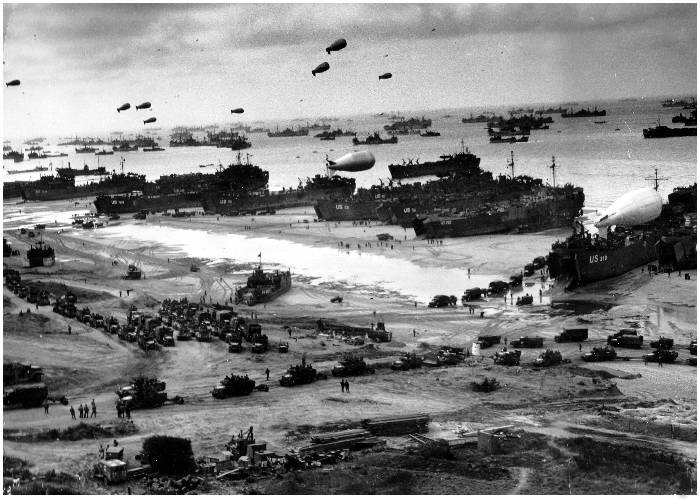
Reinforcements and supplies are brought to shore
At sunset some 34.250 men and 2870 vehicles had been brought ashore at Omaha Beach. Against 'only' 2000 German defenders it had been a bloody struggle for survival for the American troops. The American lost over 4000 men on this strip of beach, some 550 dead, 1900 missing and 1600 wounded. The 29th Division lost 2440 men and the 1st Division 1744. 116th Regiment's 'H' Company was almost completely wiped out. 16th Regiment lost 935 men, with 105 men in 'E' Company alone (out of the 180 men). A total of 79 tanks were destroyed or were sunk at sea. Since D-Day this sector is known as 'Bloody Omaha'.
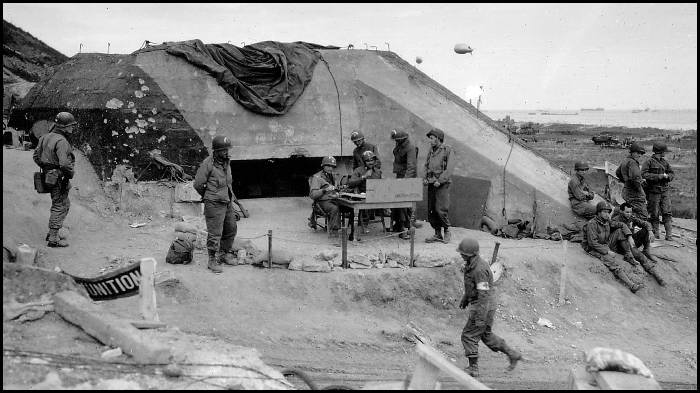
7 June 1944, Wn 65 under new management,
the US engineers HQ
Then and Now
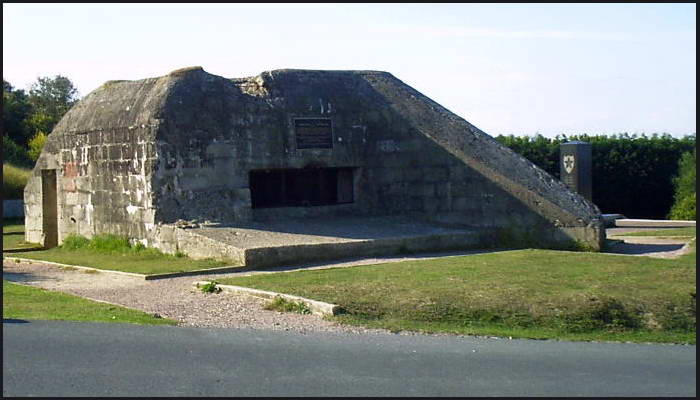
On the next page you find some more in detail of the
German units
that had to defend Omaha Beach.
BACK
|